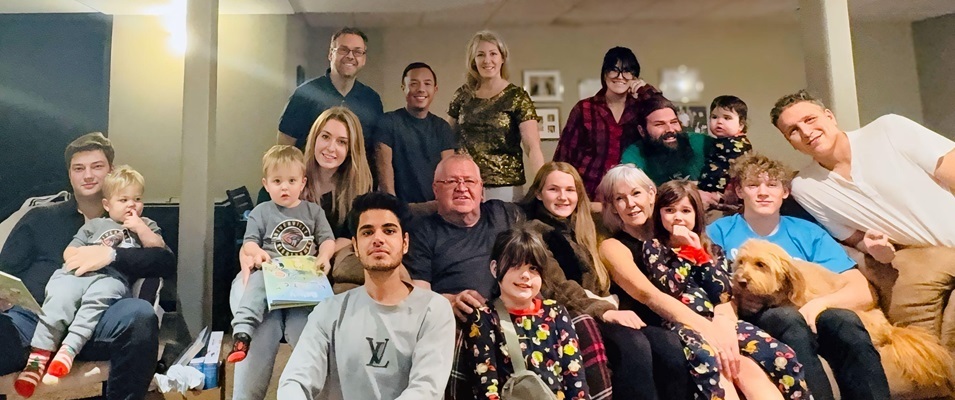
As the dawn of a new year arrives, reflections on the past year swirl in our heads and we peer into 2018. With history being the best indicator of the future, it would be easy to look at the past 12 months and worry about the upcoming year. But when we ask ourselves what this new year will bring, we may find a good indicator in another question: will this year be positive for the marginalized and challenged individuals in our society?
Charities are facing large deficits, with charitable giving significantly down from previous years. We depend on agencies like The Salvation Army, Shalom Mission, and the Winnipeg Foundation to assist in providing a social net for many of our brothers and sisters. Their budget challenges may not only impact their beneficiaries, but also strain government resources—and our tax dollars—to backstop their operations.
The decrease in charitable giving may be indicative of our economic climate, where people have less, or feel they have less, to give. But in some cases it may just indicate that we need to change the way we give.
While dollar donations are down, the will to directly engage with people appears to be gaining strength. Simply put, we want to meet the people we are trying to assist. At larger agencies, such as missions, this translates to people volunteering their time rather than cutting a cheque.
While largely unmeasured, one need only look to social media to see that we’re spending more time assisting the less fortunate during the holidays. For some, it’s becoming as much of a holiday tradition as large Christmas dinners.
Our need for direct connection also manifests itself in the diversion of our gifts from large charities to smaller “house efforts” or even one-on-one assistance. Perhaps it’s not that we don’t see the good done by large, established charities, but that we find it to be too impersonal.
We want to engage with our fellow man, and we want to be engaged. We want to create “blessing bags” filled with supplies and directly hand them to the individuals who need them, and even spend a minute connecting. We want to stop our car and meet the person standing on the boulevard with the cardboard sign. We want to start up or support small endeavours that make us feel like we’re truly connecting and helping.
What does this indicate for the new year? The way in which we assist those in our society who have needs is the largest indication of our success. When we lift up them up, we lift ourselves up ourselves; we raise our society as a whole. This can be accomplished through both large charities and individual efforts, but with the rise of relational giving we can move down a path to better understanding.
When we look at the problems facing communities and societies, we can boil them down to a lack of understanding. Fear and hate come from ignorance. When we connect, we begin to understand.
So despite the challenges we face, our view of the new year must be optimistic, and this hope gives us the drive to move forward, helping us to realize our positive aspirations.
If you’re still seeking your resolution for the new year, make it this: that you will not only have hope, but that you will share hope. Hope is not an absolute quantity; it has the ability to multiply with each gift. This exponential growth will lead us to a truly prosperous and healthy 2018.




















